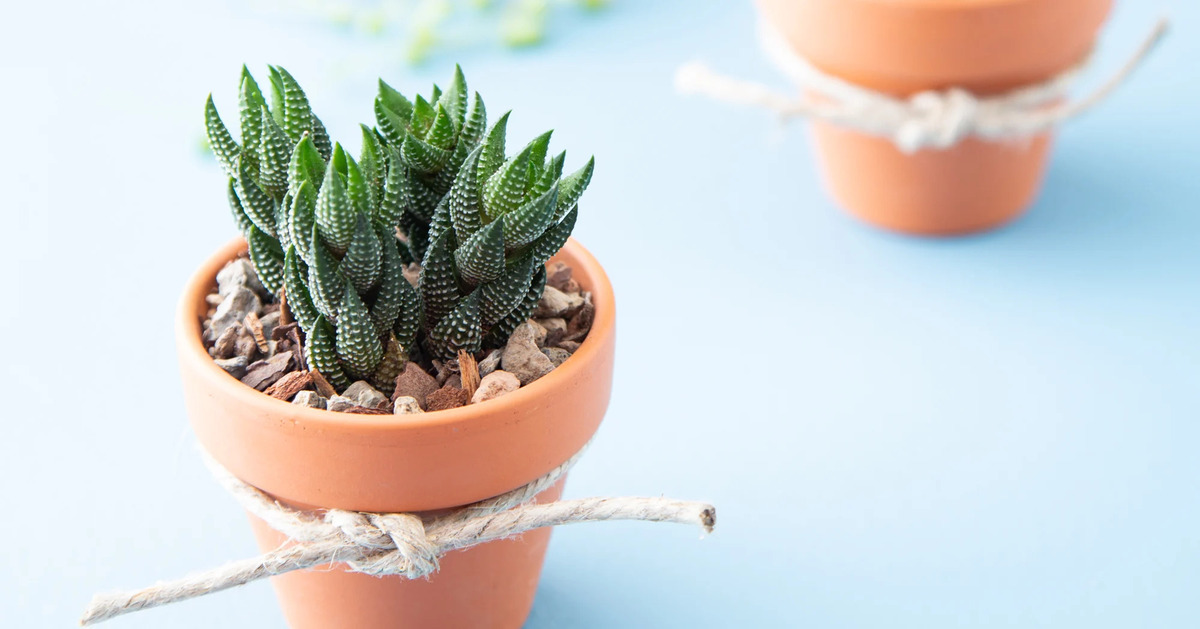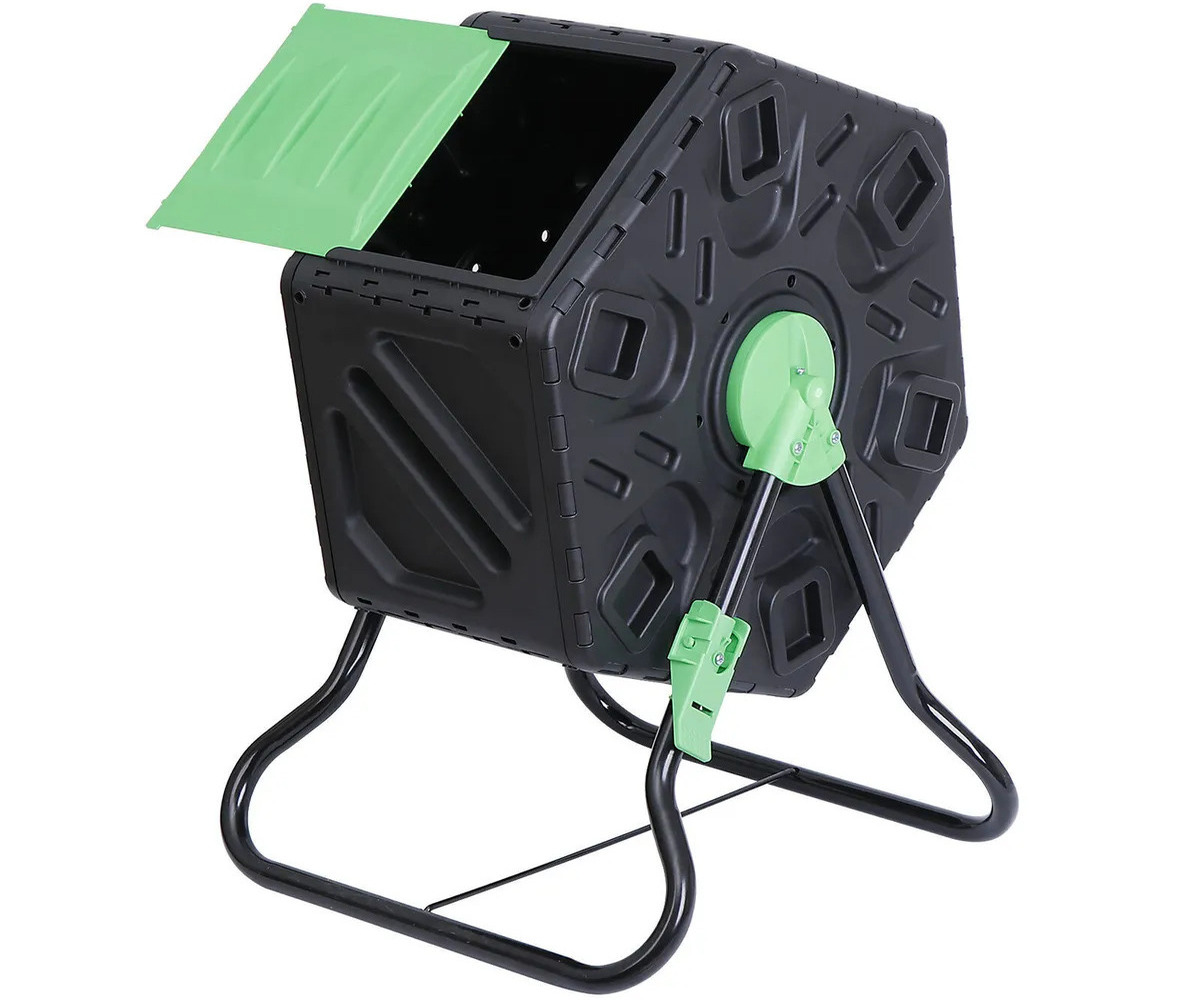Home>Gardening Tips and Tricks>Problem Solving>What Small Insects Jump


Problem Solving
What Small Insects Jump
Published: December 3, 2023
Discover effective problem-solving solutions for small insects that jump. Learn how to tackle the challenges of dealing with these pests and protect your home.
(Many of the links in this article redirect to a specific reviewed product. Your purchase of these products through affiliate links helps to generate commission for Chicagolandgardening.com, at no extra cost. Learn more)
Table of Contents
Introduction
Small insects with the ability to jump have always fascinated and intrigued us. Their natural ability to propel themselves off the ground and cover significant distances in a split second is truly remarkable. These agile creatures have evolved unique mechanisms to execute their impressive jumps, allowing them to navigate their environments with ease.
In this article, we will explore some of the most notable small insects that possess the extraordinary ability to jump. From tiny fleas to acrobatic grasshoppers and nimble leafhoppers, each of these insects has adapted to utilize their jumping skills for various purposes, such as evading predators, capturing prey, or simply moving from one place to another efficiently.
By gaining a deeper understanding of these small jumping insects, we can appreciate the incredible diversity and strategies they employ to survive and thrive in their respective ecosystems.
So, let’s dive into the world of these remarkable creatures and discover the fascinating mechanisms behind their incredible jumps.
Fleas
When we think of insects that jump, fleas often come to mind. These tiny creatures are renowned for their exceptional jumping ability, allowing them to reach heights up to 150 times their own body length.
Fleas possess specialized hind legs that are designed for jumping. These legs are built with an elastic protein called resilin, which acts as a spring-like mechanism. When a flea prepares to jump, it contracts its muscles and locks its resilin pads in place. As the muscles relax, the energy stored in the resilin is released, propelling the flea into the air with incredible force.
This rapid and powerful jumping mechanism allows fleas to navigate through fur or feathers, enabling them to move from host to host, and to evade predators. It is estimated that fleas can jump horizontally distances of up to 13 inches, and vertically distances of up to 7 inches.
Interestingly, fleas don’t have the ability to control the direction of their jumps mid-air. Instead, they rely on a combination of their exceptional jumping ability and their hook-like claws to successfully land on their target. These claws ensure that fleas can latch onto animals or surfaces, preventing them from overshooting their desired landing spot.
Fleas also possess powerful mouthparts designed for piercing the skin of their hosts and feeding on their blood. While they are often associated with household pets, fleas can also infest other animals, including rodents, birds, and humans.
While fleas can be a nuisance due to their bites and potential transmission of diseases, there is no denying the impressive jumping ability of these small insects. Their quick and agile leaps serve as a reminder of the remarkable adaptations found in the natural world.
Grasshoppers
Grasshoppers are famous for their incredible jumping prowess. These iconic insects are known for their ability to leap remarkable distances, sometimes exceeding 20 times their body length.
The hind legs of grasshoppers are highly developed and specialized for jumping. These legs are equipped with strong muscles that provide the power needed for propulsion. Grasshoppers also have long and flexible hind legs that act as levers, allowing them to generate a significant amount of force when jumping.
When a grasshopper is ready to jump, it contracts its hind leg muscles, which store energy in a specialized tendon called a flexor tendon. When the grasshopper releases the stored energy, the flexor tendon rapidly extends, causing the hind legs to straighten and propel the grasshopper into the air.
Grasshoppers are not only adept at jumping long distances but are also capable of making precise and controlled jumps. They can adjust the angle and direction of their jumps mid-air, allowing them to avoid obstacles or predators in their path.
Jumping is not only important for grasshoppers to escape from predators but also to find food, mates, and suitable habitats. Their ability to quickly and efficiently cover large distances through jumping is crucial for their survival and reproductive success.
Grasshoppers come in a variety of shapes, sizes, and colors. They are herbivorous insects that play a significant role in ecosystems as both prey and plant pollinators. Their characteristic jumps and melodic chirping are common sights and sounds during warm summer months.
So, the next time you see a grasshopper gracefully leaping through the air, take a moment to appreciate the strength and agility of these incredible jumping insects.
Leafhoppers
Leafhoppers are a diverse group of insects known for their impressive jumping abilities. These small insects, ranging in size from a few millimeters to a centimeter in length, are found in various habitats around the world.
Leafhoppers are named for their characteristic behavior of hopping and jumping from plant to plant, primarily feeding on the sap of leaves, stems, and shoots. Their hind legs are specifically adapted for jumping, enabling them to quickly propel themselves with great force and accuracy.
Similar to grasshoppers, leafhoppers possess powerful muscles in their hind legs that allow them to generate the necessary force for jumping. Their hind legs are long and well-developed, providing them with the leverage and speed required for impressive jumps.
Leafhoppers also possess a unique structure known as a “pleural arch” that is crucial for their jumping ability. The pleural arch acts as a support structure for their muscles, enhancing the efficiency of their jumps. Additionally, leafhoppers have specialized claws at the end of their legs that help them grip onto surfaces, improving their precision during landing.
Leafhoppers are incredibly agile insects, capable of jumping a distance of several inches in a single bound. This allows them to swiftly move between plants in search of suitable feeding sites or mates. Their jumping ability not only aids in their mobility but also serves as a defense mechanism against predators.
Leafhoppers are known for their vibrant colors and intricate patterns, making them visually striking insects. However, their small size and fast movements often make them challenging to spot and study in detail.
The diverse adaptations and remarkable jumping abilities of leafhoppers make them a fascinating group of insects to observe and study. Their acrobatic hops and graceful maneuvers through vegetation remind us of the incredible diversity and ingenuity present in the natural world.
Springtails
Springtails, also known as collembolans, are a group of small insects characterized by their unique jumping mechanisms. Despite their minuscule size, ranging from 0.2 mm to 10 mm in length, springtails are highly efficient jumpers, capable of leaping many times their body length.
Unlike fleas or grasshoppers, springtails do not possess specialized hind legs for jumping. Instead, they utilize a unique appendage called a furcula, which is tucked underneath their bodies. This furcula acts like a spring, ready to be released when needed.
When a springtail is threatened or wants to move quickly, it releases the furcula, which propels the insect into the air. The furcula rapidly extends, launching the springtail into a high jump. Upon landing, the furcula is quickly reset, allowing the springtail to jump again if necessary.
Springtails can perform multiple jumps in quick succession, allowing them to navigate their environment with remarkable agility. They use these jumps to escape predators, move between different microhabitats, and search for food.
Another interesting aspect of springtails is their ability to produce a sticky, thread-like structure called a collophore. This structure helps absorb moisture from their surroundings, enabling springtails to thrive in diverse environments, including damp soil, leaf litter, and even snow.
Springtails are incredibly abundant insects, with estimates suggesting that there may be thousands of individuals per square meter in some habitats. Despite their small size and inconspicuous nature, they play important roles in nutrient cycling and decomposition.
The fascinating jumping abilities and unique adaptations of springtails make them a remarkable group of insects to study. Their ability to navigate their microcosmic world through precise and efficient jumps showcases the incredible diversity and adaptability found in the animal kingdom.
Froghoppers
Froghoppers, also known as spittlebugs, are a group of small insects that are well-known for their impressive jumping abilities. These tiny creatures, measuring only a few millimeters in length, can jump distances up to 100 times their body length.
Similar to other jumping insects, froghoppers rely on strong and well-developed hind legs for their remarkable jumps. These legs are equipped with powerful muscles that enable them to generate the force needed to propel themselves into the air.
However, what sets froghoppers apart from other jumping insects is their unique anatomy and jumping mechanism. Unlike fleas or grasshoppers, froghoppers have a structure called a “cercus” at the end of their abdomen. When preparing to jump, they tuck their hind legs against their body and engage the muscles in their abdomen.
As the froghopper jumps, it releases the stored energy in its abdomen, rapidly extending its cercus. This sudden extension of the cercus launches the froghopper into the air with great speed and force.
Froghoppers’ jumping ability serves multiple purposes. It allows them to escape from predators, travel to new feeding sites, and find mates. Their ability to make precise jumps also helps them avoid obstacles and navigate through dense vegetation.
In addition to their jumping prowess, froghoppers are known for another unique characteristic – the ability to produce a protective frothy substance commonly known as “spittle.” The froth, also called “cuckoo spit,” provides the nymphs with protection from predators, temperature fluctuations, and dehydration.
The frothy substance is produced by the froghopper nymphs through a specialized gland located near their abdomen. They mix air, saliva, and other secretions to create the froth, forming a comfortable and protective cocoon-like structure around their bodies.
Froghoppers are found in various habitats worldwide and are often associated with plants. While their jumping abilities capture our attention, their role as plant feeders and their unique way of protecting themselves highlight the fascinating adaptations found in the insect world.
Katydids
Katydids, also known as bush crickets, are a group of insects known for their excellent jumping abilities. These creatures belong to the family Tettigoniidae and are found in various habitats worldwide, from forests and meadows to gardens and urban environments.
With their long, slender bodies and elongated hind legs, katydids are well-equipped for jumping. Their hind legs are designed for power and precision, enabling them to make impressive leaps to navigate their surroundings.
Katydids primarily use their jumping abilities for evading predators and finding food sources. When threatened, they can quickly leap into the air, making it difficult for predators to catch them. This, coupled with their excellent camouflage, helps katydids stay hidden in foliage and avoid detection.
In addition to their impressive jumps, katydids are also known for their remarkable acoustic capabilities. Male katydids produce loud and distinctive mating calls by rubbing their wings together, creating a sound that resonates in their environment. These calls serve to attract females and establish territories.
While katydids possess jumping abilities like grasshoppers and crickets, they are distinguished by their long antennae, typically longer than their bodies. These sensitive antennae are used to detect vibrations in the environment, helping katydids locate mates, identify potential threats, and find food sources.
Katydids are predominantly herbivorous insects, feeding on leaves, flowers, and other plant materials. They play important roles in pollination and as a food source for other creatures in their ecosystems.
Next time you find yourself in a garden or natural area, keep an ear out for the melodious calls of katydids and keep an eye out for their incredible jumping displays. These fascinating insects serve as a reminder of the diversity and remarkable adaptations found in the insect world.
Jumping Spiders
Jumping spiders, known for their agility and incredible leaps, belong to the family Salticidae. With over 6,000 known species, jumping spiders are one of the largest spider families.
Unlike most spiders that rely on webs to catch prey, jumping spiders have developed an alternative hunting strategy – they actively pursue and capture their prey by leaping and pouncing on them with remarkable precision.
Jumping spiders have large and well-developed eyes, positioned at the front of their cephalothorax. These eyes provide excellent vision and depth perception, allowing them to accurately judge the distance and location of their prey.
When a jumping spider identifies a potential prey item, it carefully calculates the trajectory and distance needed for a successful jump. It then propels itself using its powerful hind legs, which are equipped with specialized muscles.
Not only are jumping spiders proficient jumpers, but they are also capable of changing their direction mid-air. This exceptional agility allows them to navigate complex environments and track fast-moving prey.
After a successful jump, jumping spiders may use their silk thread as a safety line, preventing them from falling or getting lost. They can produce silk from glands on their abdomen, utilizing it for various purposes.
Another interesting aspect of jumping spiders is their unique courtship rituals. Male jumping spiders engage in elaborate and intricate displays to attract females, showcasing their vibrant colors and intricate movements. These displays often involve a combination of visual signals and rhythmic movements.
Jumping spiders are found worldwide, inhabiting a wide range of habitats, including forests, grasslands, and even urban areas. They play an essential role in controlling populations of insects and other small arthropods.
Next time you come across a small and agile spider, take a closer look – it might just be a jumping spider preparing for its next impressive leap as it hunts and explores its surroundings.
Conclusion
Small insects with the ability to jump are truly remarkable creatures that showcase the incredible diversity and adaptations found in the natural world. From fleas to grasshoppers, leafhoppers to froghoppers, and katydids to jumping spiders, each of these tiny insects has evolved unique mechanisms to execute their impressive jumps.
Through specialized leg structures, elastic proteins, powerful muscles, and unique appendages, these insects have honed their jumping abilities to navigate their environments, evade predators, capture prey, and find mates. Whether it’s the incredible jumping power of fleas, the acrobatics of grasshoppers, the precision of leafhoppers, the unique mechanisms of froghoppers, the stealth of katydids, or the agile leaps of jumping spiders, each insect brings its own fascinating adaptations and strategies to the art of jumping.
These small jumping insects serve as a reminder of the extraordinary capabilities found in the animal kingdom. Their behaviors and distinctive features not only intrigue us but also provide valuable insights into the natural world and its delicate balance.
So, let’s continue to marvel at the remarkable jumping abilities of these small insects and appreciate the beauty and complexity of the natural world. Whether you encounter them in your backyard, while exploring the great outdoors, or even in scientific studies, take a moment to revel in the incredible talent and adaptations displayed by these fascinating creatures.








